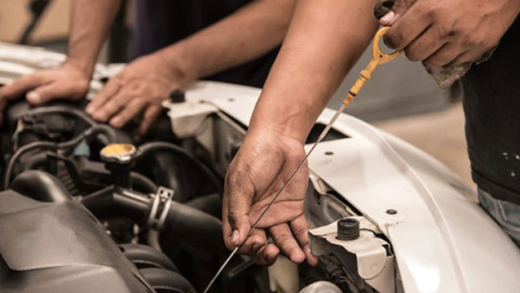In today’s rapidly evolving world, education needs to adapt to meet the demands of a dynamic and ever-changing society. Creativity and innovation have emerged as crucial elements in transforming traditional educational practices. This blog post explores the concept of creativity and innovation in education, their significance, and practical strategies to foster them in the learning environment.
1. Defining Creativity and Innovation in Education:
Creativity in education refers to the ability to generate original ideas, think critically, and solve problems in unique ways. It involves encouraging students to explore, experiment, and express themselves freely. On the other hand, innovation in education involves the application of creative ideas to improve teaching methods, curriculum design, and learning outcomes.
2. The Importance of Creativity and Innovation in Education:
2.1 Enhancing Critical Thinking Skills:
Creativity and innovation foster critical thinking skills by encouraging students to question assumptions, analyze information, and develop independent thought processes. This enables them to become active learners and problem solvers.
2.2 Preparing for the Future:
In an era of automation and artificial intelligence, creativity and innovation are essential for students to thrive in the future job market. These skills enable them to adapt to new technologies, think outside the box, and create novel solutions to complex problems.
2.3 Promoting Engagement and Motivation:
Integrating creativity and innovation into education promotes student engagement and motivation. When students are encouraged to explore their interests, collaborate with peers, and apply their knowledge in real-world contexts, their enthusiasm for learning increases significantly.
3. Strategies to Foster Creativity and Innovation in Education:
3.1 Encourage Divergent Thinking:
Provide open-ended assignments and projects that allow students to explore multiple solutions and perspectives. Encourage brainstorming sessions and reward unconventional ideas to promote divergent thinking.
3.2 Create a Supportive Environment:
Establish a classroom culture that values risk-taking, experimentation, and learning from failures. Encourage students to embrace mistakes as opportunities for growth and provide constructive feedback to nurture their creative development.
3.3 Integrate Technology:
Utilize technology tools and platforms that promote creativity and innovation. Virtual reality, coding, and multimedia creation tools can enhance student engagement and provide opportunities for self-expression.
3.4 Foster Collaboration:
Promote collaborative learning environments where students can exchange ideas, work in teams, and learn from each other’s diverse perspectives. Collaboration enhances creativity by fostering collective intelligence and encouraging the synthesis of ideas.
Conclusion:
Creativity and innovation are not just buzzwords in education; they are essential components for preparing students to thrive in the 21st century. By embracing creativity, fostering innovation, and implementing strategies that encourage divergent thinking, educators can empower students to become lifelong learners, critical thinkers, and problem solvers. Embracing the power of creativity and innovation in education will pave the way for a brighter and more prosperous future.




